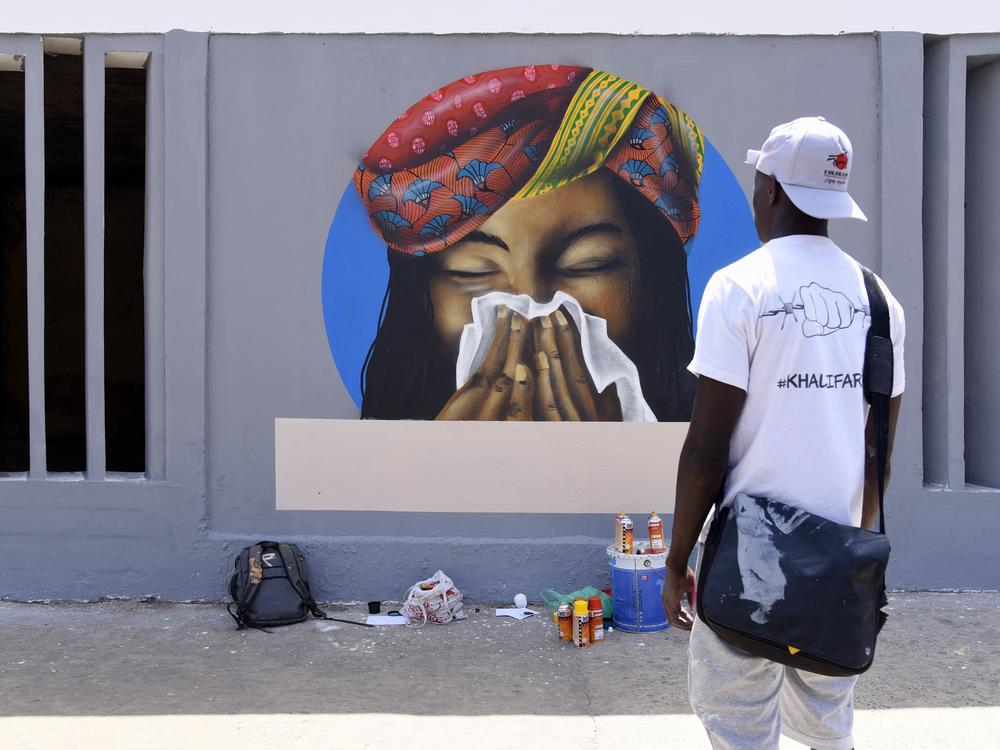Section Branding
Header Content
Quiz: Can you pass our 9 question test on the latest theories of COVID-19 transmission
Primary Content
The arrival of SARS-CoV-2, the virus responsible for COVID-19, brought a batch of vocabulary into the public eye, from "fomite" to "social distancing." See our guide from 2020.
And now there's a new report from the World Health Organization that proposes a set of new terms and definitions — along with a revised way of thinking about pathogens that transmit through the air.
Jeremy Farrar, chief scientist of WHO, considers the document to be a kind of base camp. With a shared vocabulary and approach, he and his colleagues are trying to get public health professionals on the same page to reduce confusion and streamline the containment of infections in the future.
This is needed because transmission is complicated. "It depends on my immunity. It depends on your immunity," says Farrar. "It depends on the humidity. It depends on the size of the room. It depends on the airflow. It depends whether I've been vaccinated or whether I'm immune. Depends on my age. Depends on whether I've got diabetes or I've got other conditions. It's complicated."
NPR has prepared a quiz to test your knowledge of this new thinking — and how WHO is hoping it will be used.
Loading...

